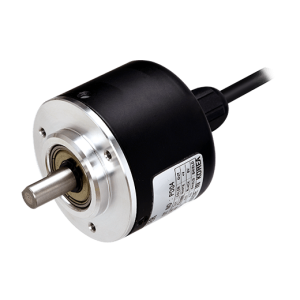
Rotary Encoder,STAR ELEVATOR LTD
Here's a hint: in the everyday world, those terms might seem like they mean the same thing, but in the world of encoders, accuracy or precision won't help you solve this problem nearly as much as resolution will. Understanding resolution, accuracy and precision—their differences and the separate encoder characteristics they define—will clear up any confusion and help you select the best encoder for your application.
When people call US Digital and ask for an encoder with “high accuracy” or “high precision,” most of the time we find they are actually asking for an encoder with high resolution, according to Joshua Morris, US Digital Tech Support Representative.
Why the misunderstanding? Accuracy and precision are often used informally in the everyday world, as if they mean the same thing. Someone might say that measuring to the nearest sixteenth of an inch is more accurate (or precise) than measuring to a quarter of an inch, for example.
In the world of encoders, however, accuracy and precision have nothing to do with how small or fine the level of detail measured. That, instead, is a function of resolution.
In the following sections we'll define each of these terms, and then finish with an example that ties everything together. We will focus on incremental encoders and, more specifically, optical encoders as they are the most popular.
ENCODER RESOLUTION DEFINED
Resolution specifies the smallest distance that can be measured by an encoder. It's determined by the disk or strip. An optical encoder, for example, has lines and windows printed on the disk or strip. As the number of line and window pairs increases, the divisions between them become closer, and smaller distances can be measured. This results in higher resolution.
Resolution is stated in Cycles Per Revolution (CPR) for rotary encoders, or in Lines Per Inch (LPI) or Cycles Per Inch (CPI) for linear encoders. These terms are used for all encoder types—optical, magnetic or capacitive.
You can use higher resolution to measure very small distances, but that's not always necessary. At faster RPMs, information may be delivered too quickly for the encoder to process. A lower resolution encoder may be a better choice in that case. You may find that in your application low or medium resolution encoders are perfectly adequate.
To determine the resolution you need, first calculate the smallest increment you must measure. That will determine your minimum resolution. You can increase your resolution from there to a number that might work better for your data acquisition system, or maybe to a stock resolution. Just keep in mind the advice in the previous paragraph—make sure the resolution will work in your application. For more details, see our White Paper: Resolution, Accuracy and Precision of Encoders.
ENCODER ACCURACY DEFINED
Accuracy is a term used to describe the difference between target position and actual position. Encoder accuracy is specified in degrees, arcminutes or arcseconds.
Within the encoder itself, accuracy can be affected by several variables.
- Imaging: location of the lines on the disk must be exact, or accuracy will suffer
- Installation: mounting an encoder hubdisk off center on the shaft can decrease accuracy
- Size: an encoder with a larger disk will be more accurate than one with a smaller disk
External to the encoder, other mechanical parts of the application affect system accuracy. Gear backlash, leadscrews, shaft and bearing play can add up and have much more of an effect than the encoder's accuracy contribution.

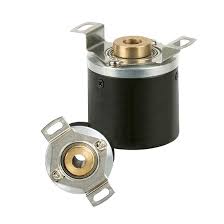


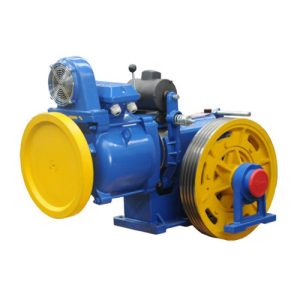

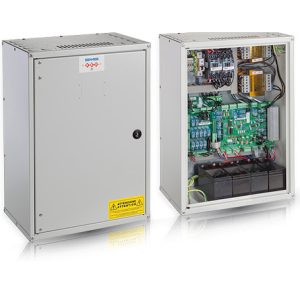
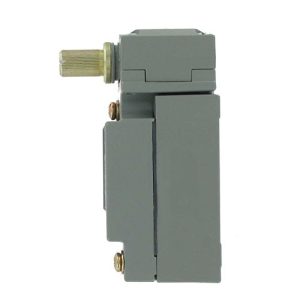
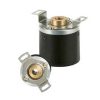
Reviews
There are no reviews yet.